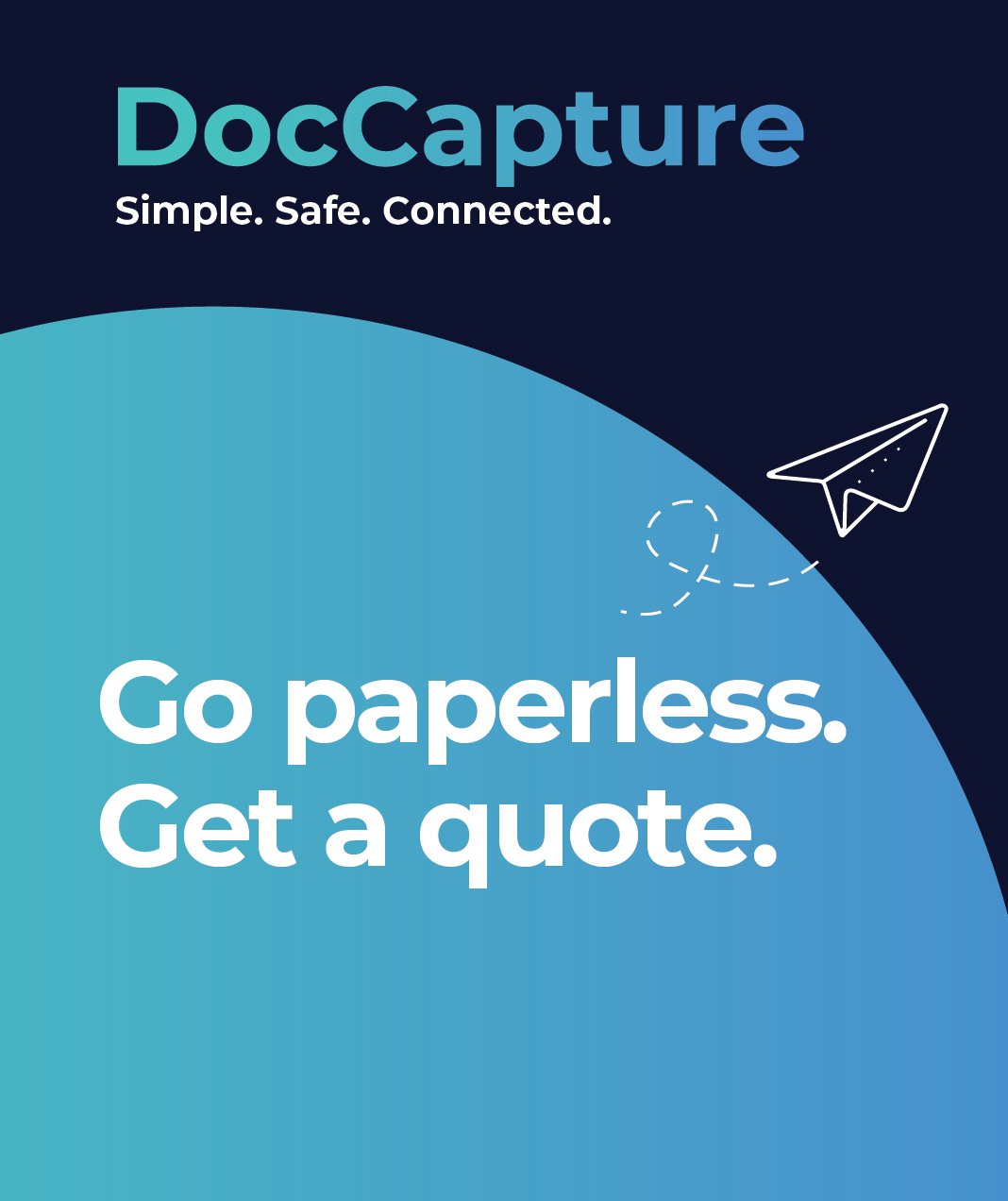Public Access to Government Services through Document Scanning
Table of contents
In an era where digital convenience shapes public expectations, the demand for fast, reliable, and transparent access to government services is at an all-time high. Yet, for many government institutions, outdated paper-based records and manual processes still stand in the way of truly accessible public service. For Chief Information Officers, Records Managers, and other public sector leaders, the challenge lies not just in upgrading infrastructure—but in doing so securely, compliantly, and cost-effectively.
Digitizing government records through professional document scanning services offers a transformative path forward. By replacing bulky file cabinets and inefficient retrieval systems with searchable, centralized digital archives, agencies can dramatically improve how constituents access information—whether it's licensing forms, public records, or building plans. Moreover, this transformation aligns with mandates for transparency, accessibility, and operational efficiency, delivering measurable gains in both service delivery and internal workflows.
Before diving deeper into how document scanning achieves these outcomes, let’s examine the persistent barriers that limit public access today.
The Current Challenge
Despite widespread digital adoption in the private sector, many government agencies still rely heavily on paper-based recordkeeping. These outdated systems not only slow down internal operations but also make public access to critical services unnecessarily difficult.
Limited Access, Frustrated Constituents
When vital documents—such as permits, licenses, or public records—exist only in physical formats, access becomes a logistical hurdle. Citizens may need to visit government offices in person, wait days or weeks for processing, or navigate opaque procedures to obtain the information they need. This not only hampers service satisfaction but also undermines public trust.
Sluggish Service Delivery
Manual file retrieval, duplication, and storage introduce significant delays into government workflows. Employees spend excessive time managing records rather than delivering value-added services. This inefficiency not only frustrates the public but also strains staff productivity.
Compliance and Transparency Gaps
Federal, state, and local governments are subject to mandates for transparency and accessibility—such as FOIA requests and ADA compliance. Paper systems make it challenging to meet these requirements in a timely and consistent manner, exposing agencies to compliance risks and reputational damage.
The Digital Transformation Solution
Document scanning isn't just a modernization tool—it's a strategic enabler for government agencies aiming to meet today’s expectations for digital access and service efficiency. By converting paper records into searchable digital files, agencies unlock a range of operational and public-facing benefits.
Faster Access, Greater Convenience
Digital archives allow citizens and staff to retrieve documents instantly from secure online portals or internal systems. Whether it’s a resident requesting zoning information or a staffer reviewing historical permits, the speed and ease of digital access eliminate bottlenecks. This immediacy significantly improves service delivery and user satisfaction.
Breaking Down Bureaucratic Barriers
Digitization removes the physical limitations of recordkeeping. It enables cross-departmental access, remote collaboration, and streamlined workflows—driving down service times and operational costs. In doing so, it addresses one of the biggest hurdles in government: bureaucratic inertia.
Real-World Results
Agencies that embrace document scanning often report substantial improvements in accessibility and transparency. For example, large-format scanning has helped building departments make plans publicly viewable online, cutting in-office foot traffic and speeding up permit processes. Meanwhile, local governments have used scanning services to digitize historical records, making them available for research, genealogy, or compliance audits with just a few clicks.
To explore how these benefits apply across departments, visit our Government Document Scanning page for tailored solutions.
Benefits Specific to Government Leaders
For risk-averse government leaders tasked with modernization under tight regulations and budgets, document scanning presents a compelling value proposition. It's more than a technical upgrade—it's a catalyst for more secure, efficient, and compliant operations.
Increased Operational Efficiency
Digital document management reduces time spent searching for records, managing files, and duplicating documents. This efficiency frees up staff to focus on mission-critical tasks and improves turnaround times for public services. As highlighted in our blog on efficiency in government, scanning minimizes administrative overhead while enhancing responsiveness.
Enhanced Compliance and Audit Readiness
Digitized records are easier to organize, track, and retrieve—key requirements for audits and public information requests. Scanning services help agencies align with mandates like FOIA and HIPAA by ensuring documents are stored securely and can be accessed or redacted as needed.
Centralized and Secure Information Access
With secure digital repositories, agencies can offer controlled access to sensitive information across departments while maintaining robust data protection. Encryption and user-level permissions ensure that only authorized personnel can view or edit records. This aligns with the priorities of compliance officers and IT managers who must ensure both transparency and security.
To see how document scanning integrates into multi-departmental workflows, visit our article on government departments and document imaging.
Addressing Common Objections
Adopting new technologies in government settings often triggers valid concerns—particularly around security, budget, and organizational disruption. Document scanning services are designed with these sensitivities in mind, offering practical solutions to each.
“What About Data Security?”
Security is a top concern for any government agency, especially when dealing with sensitive personal or legal information. Leading document scanning providers use advanced encryption, secure handling protocols, and chain-of-custody tracking to protect data throughout the scanning process. Additionally, digital storage enables detailed access logs and user-level permissions, enhancing accountability.
“We Can’t Afford a Major Overhaul”
Contrary to the perception of high upfront costs, document scanning offers flexible pricing structures—including phased or pilot programs—that fit within tight budgets. Agencies often find that the return on investment (ROI) comes quickly through reduced storage expenses, time savings, and improved productivity. This makes it a smart, scalable step toward long-term digital transformation.
“Change Will Be Too Disruptive”
Change management doesn’t have to be painful. Professional scanning services work alongside existing teams to minimize disruption, often beginning with non-essential records or backfile conversions. This staged approach helps staff adjust gradually while still achieving measurable progress. For insights on phased implementation, read our post on modernizing government through scanning.
Conclusion
As the demand for transparent, efficient, and digitally accessible government services continues to grow, the pressure on public institutions to modernize will only intensify. Document scanning offers a proven, secure, and scalable solution to this challenge—improving public access, boosting operational efficiency, and strengthening compliance across departments.
Whether you’re leading digital transformation or managing records in a high-compliance environment, investing in document scanning is a step toward a more responsive and accountable government. It's time to leave behind the delays, risks, and limitations of paper-based systems and embrace a future where information flows freely and securely.
Ready to take the next step? Visit our Government Document Scanning page to learn more, or fill out our Get a Quote form to schedule a consultation or pilot program tailored to your agency’s needs.
Share this
You May Also Like
These Related Stories
The Role of Document Scanning in Government Digital Transformation

Transforming Public Records Management for Government Efficiency

